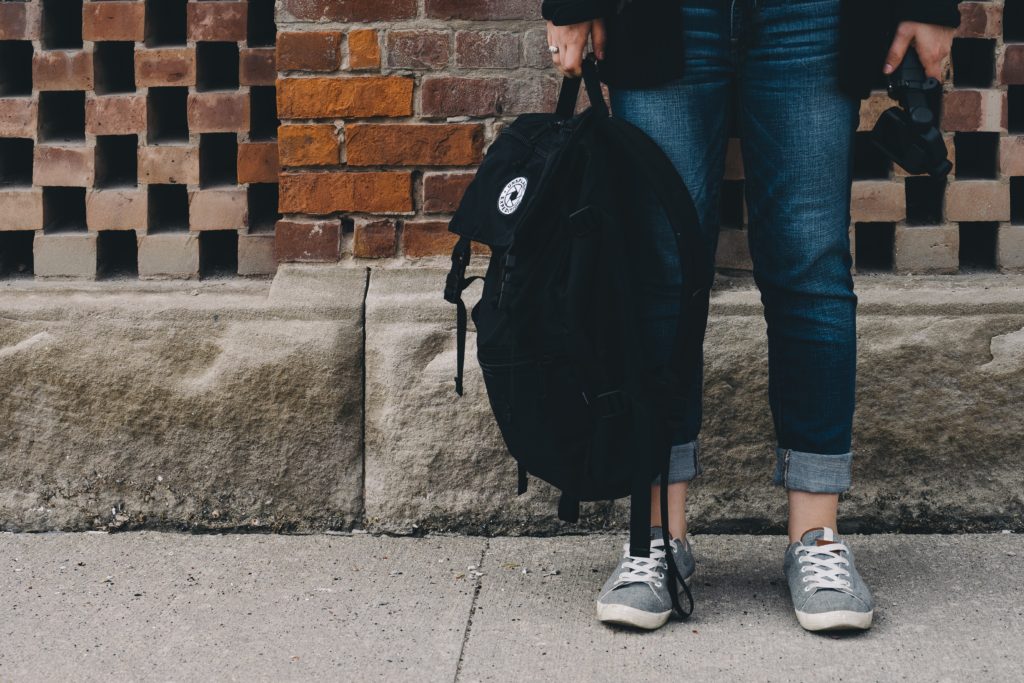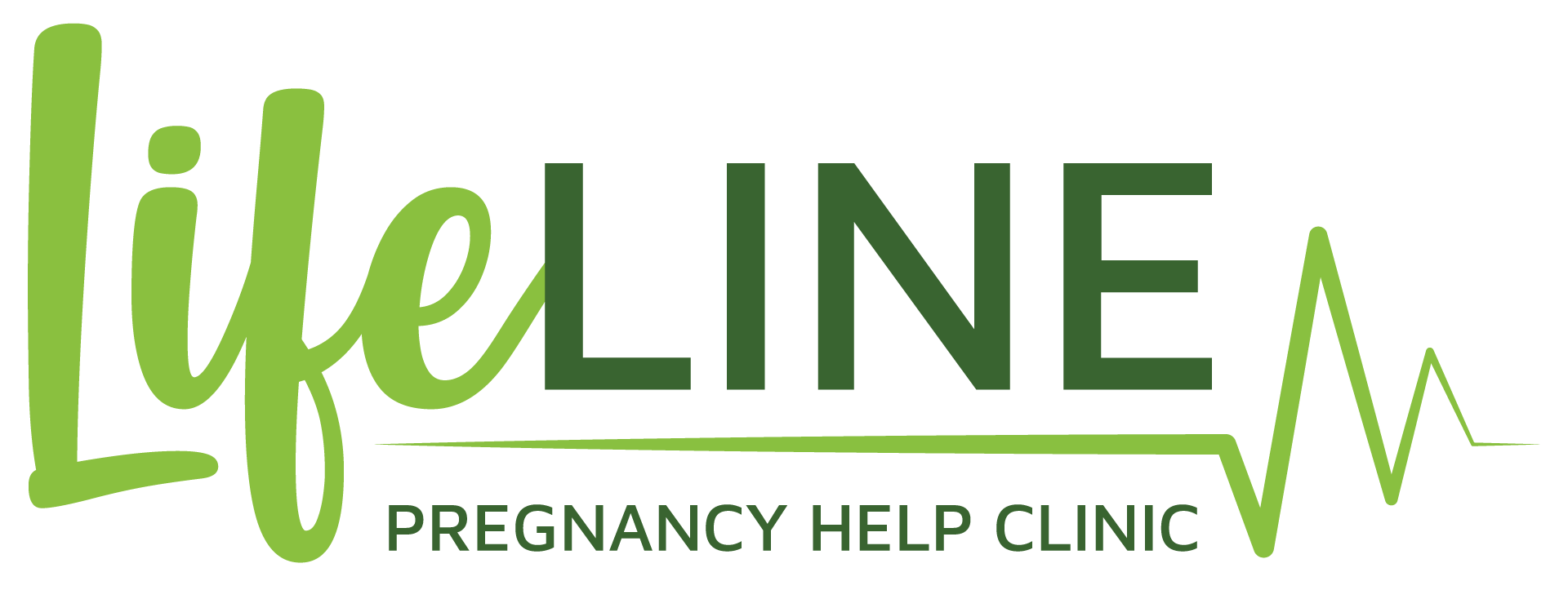Not These Kids: Why SRA education matters for the teens in your life

As Pure Freedom educators, Amy and I take on the responsibility of bringing quality, well-informed relationship education to middle and high school students all over Northeast Missouri, from Unionville to Moberly. We do everything in our power to provide the most up-to-date, researched-based information to every teen we teach. In order to pursue that mission further, Amy and I traveled to Platteville, Wisconsin in December to become trained and certified Sexual Risk Avoidance Specialists.
What does that mean? The Sexual Risk Avoidance (SRA) educational model is a national movement to encourage teens to wait for sex and stands on the truths that delaying sex until marriage provides men and women with the greatest chance at optimal physical health, successful relationships, and socioeconomic stability. SRA is based on the optimal public health model. Optimal health concerns itself with the whole individual, promoting physical, emotional, mental, social, and spiritual health; not merely the absence of disease. SRA is also a primary prevention strategy.
So wait, what does that mean?
- 1. Primary Prevention. Primary prevention addresses disease and injury before they start. This includes measures like health education: teaching kids and adults about nutrition, physical fitness, and avoiding risky behaviors such as tobacco. The intent is to teach students how to take care of their bodies so that preventable diseases are more likely to actually be prevented. In other words, health issues are treated at the source.
2. Secondary Prevention. These practices, such as screenings like dental x-rays, mammograms, and blood tests, aim for early detection of disease. The idea is that catching an issue early into its course can lead to quick treatment and recovery before the matter worsens.
3. Tertiary Prevention. If a disease or injury has already taken affect, tertiary prevention measures attempt to treat that active problem. Examples include physical therapy, insulin treatment for diabetics, and managing chronic heart issues with exercise.
An example of a primary prevention movement which we continuously referred back to during our training was the anti-smoking campaign. The year 1964 saw the first release of the Surgeon General’s report on the dangers of smoking, and since then Americans have become increasingly more aware of the effects of tobacco on overall health. It was a slow movement at first, but because of what started as a grassroots movement to protect nonsmokers has led us to where we are now. A 2011 Gallup poll reported a never-before-seen majority of Americans supported a ban on smoking in public places. Anti-smoking education begins early on in elementary school. And the rhetoric of the anti-smoking education movement in schools and public health programs has been, “Don’t ever start smoking. If you have, quit.” It hasn’t been, “Well, you’re going to smoke anyway, so here are the least harmful types of cigarettes to use.” So if we feel this way about our lungs, why would we feel any differently about the rest of our bodies?
Do you see why primary prevention matters? If we let social norms determine our education methods, we perpetuate the issues. But if we use education to transform social norms, the future of our kids and their kids looks brighter and truly healthier. Amy and I could use our role as teachers to slap a band-aid on the heartbreaking issues our students face. We could assume that they’re just going to have sex anyway, so here’s how they can simply reduce the risks associated with sexual activity. Instead, we face STDs, teen pregnancy, sexual violence, and overall relational brokenness head-on. We help students understand what real love is, how to create boundaries that protect them and their peers, how to identify abuse, how the human body works, how STDs spread, and ultimately, how beyond-valuable they are. We send them a message that social media and the tabloids at the grocery store won’t: “You have a choice. You do not have to live in fear, shame, or regret. You have the power to make healthy decisions, even when no one else seems to. Love is real; it’s not what the internet says it is, but real love respects, waits, listens, and seeks out all that is good and healthy.” And we then turn to darkness and say, “Stop right there. Not these kids.”
Want to join us in the fight for freedom in the lives of our teens? Learn more about Pure Freedom, what students and teachers say about our program, and where we teach here. For an in-depth look at our lessons and activities, click here. Share this information with your community, and if Pure Freedom doesn’t visit your school or youth group, call us today!
Have questions? Please call us at 660-665-3059 or email us at purefreedom@lifelinepregnancy help.org. We’d love to hear from you!
By Kath Crane

